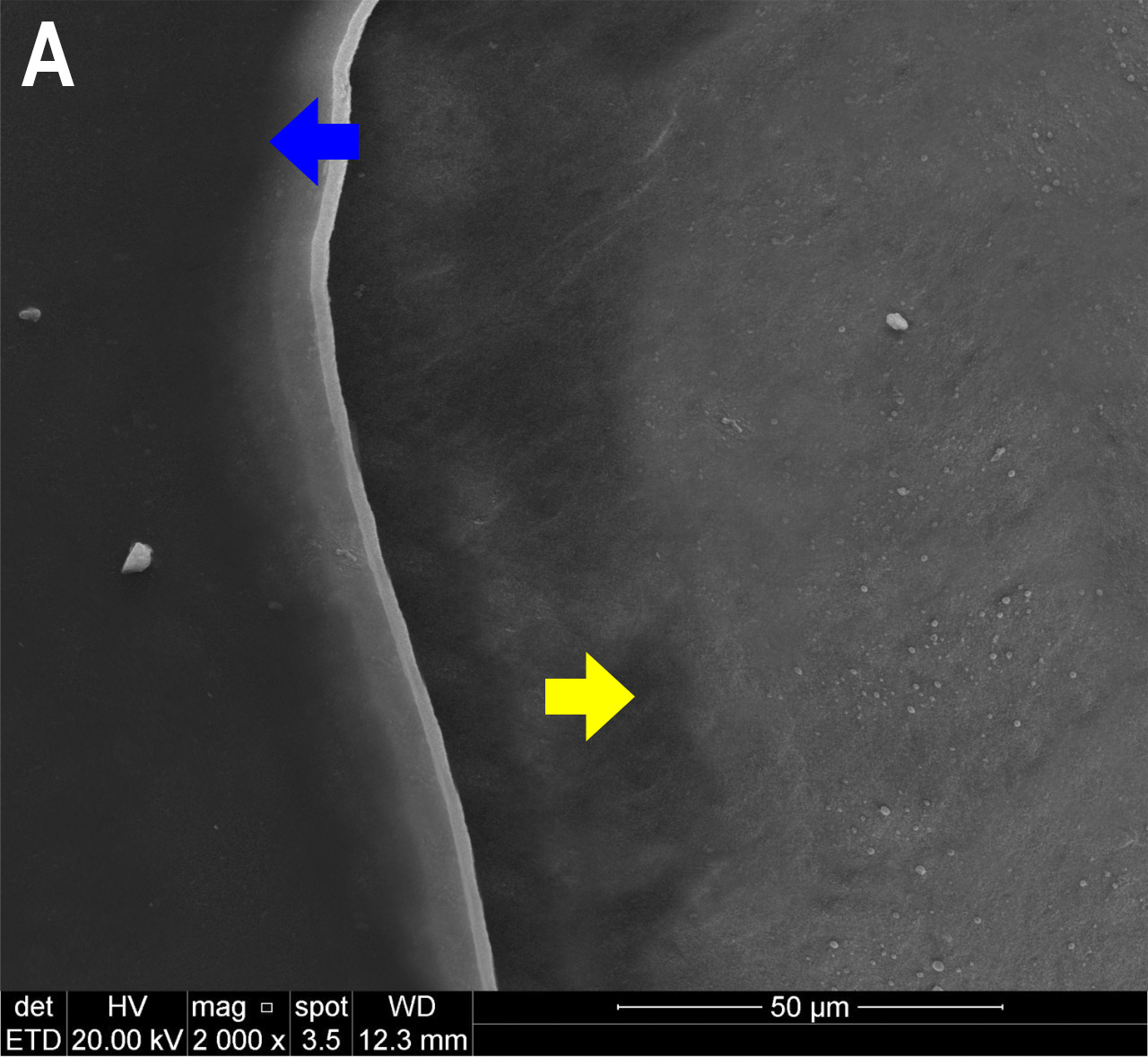Biofunctionalization and Enhancement of Anticariogenic Activity in an Adhesive System for Orthodontic Use
Main Article Content
Abstract
Orthodontic treatment can be a predisposing factor for the development of dental plaque formed by multispecies biofilm, thus causing white spot lesions and, consequently, caries. The development of new biomaterials can help minimize this condition. This study was aimed at evaluating the inhibitory capacity of biofilm formation by modifying an orthodontic adhesive system (AS) through the insertion of compounds with antimicrobial activity. Cetylpyridinium chloride, imidazole salt, chlorhexidine, triclosan, or chloramine T were incorporated into the AS Transbond® XT. The ASs were tested ex vivo to verify protection against Streptococcus mutans ATCC 25175 and Candida albicans ATCC 10321 in test specimens structured from bovine teeth and metal brackets. ASs modified with cetylpyridinium chloride, imidazole salt, and chlorhexidine showed satisfactory antibiofilm activity. The modified ASs did not demonstrate an irritating effect in the chorioallantoic membrane test, and the shear and microhardness tests showed no significant difference between the AS in the original composition and the modified ASs. The addition of cetylpyridinium chloride, imidazole salt and chlorhexidine in the orthodontic AS formulation showed a promising possibility of use in preventing biofilm formation, while maintaining adhesive bond strength and absence of tissue damage, suggesting the possibility of use applied to dentistry.
